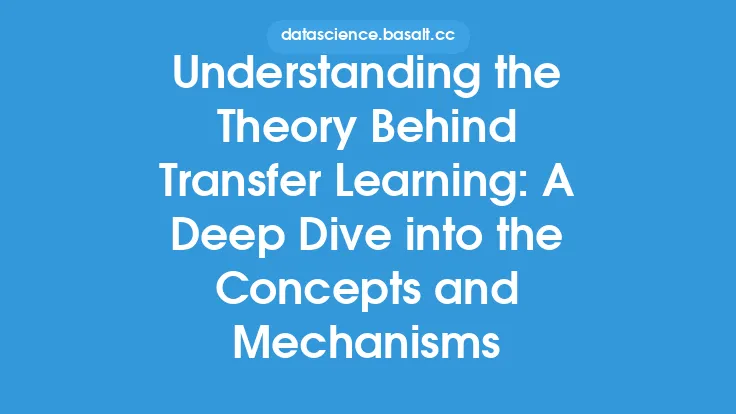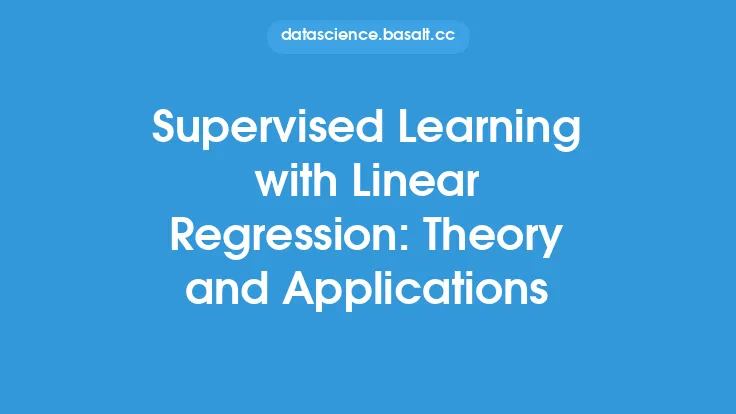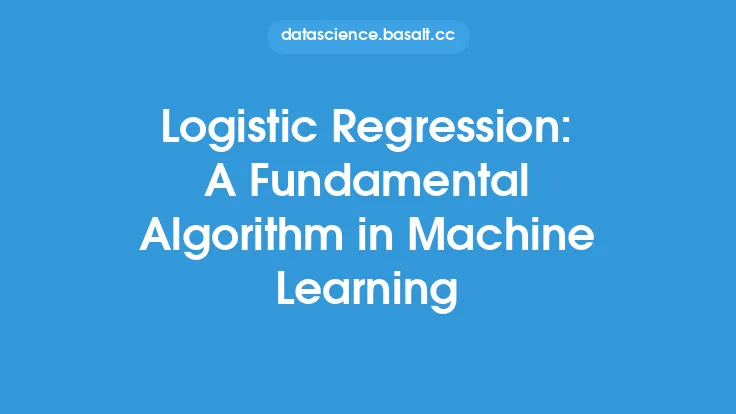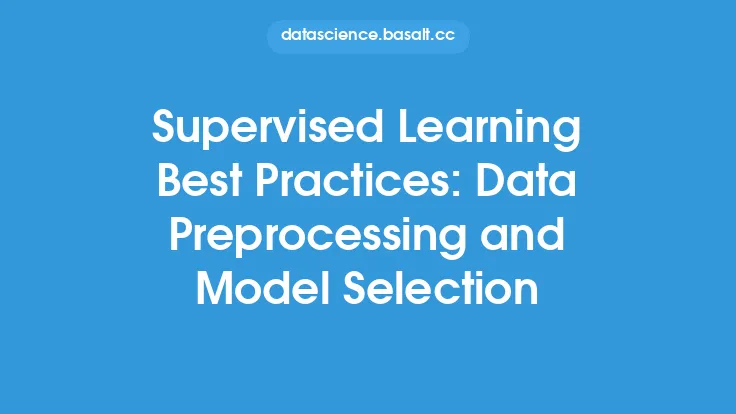Logistic regression is a fundamental concept in supervised learning, which is a subset of machine learning. It is a statistical method used for classification problems, where the goal is to predict a binary outcome (0 or 1, yes or no, etc.) based on a set of input features. In this article, we will delve into the concepts and examples of logistic regression, exploring its underlying mathematics, applications, and interpretations.
Introduction to Logistic Regression
Logistic regression is a type of regression analysis used for predicting the outcome of a categorical dependent variable, based on one or more predictor variables. It is a popular choice for classification problems, as it provides a probabilistic output, which can be interpreted as the probability of an instance belonging to a particular class. The logistic regression model is based on the logistic function, also known as the sigmoid function, which maps any real-valued number to a value between 0 and 1.
Mathematical Formulation of Logistic Regression
The logistic regression model can be formulated as follows:
Let's assume we have a dataset with n instances, each described by a set of m features (x1, x2, ..., xm). We want to predict the probability of an instance belonging to a particular class (y = 1) based on these features. The logistic regression model estimates the probability of y = 1 as:
p(y = 1 | x) = 1 / (1 + e^(-z))
where z is a linear combination of the input features:
z = w0 + w1x1 + w2x2 + ... + wm*xm
The coefficients w0, w1, ..., wm are the model parameters, which are learned during the training process. The probability of y = 0 is simply 1 - p(y = 1 | x).
Cost Function and Optimization
The logistic regression model is typically trained using maximum likelihood estimation, which involves minimizing the cost function. The cost function measures the difference between the predicted probabilities and the actual labels. The most commonly used cost function for logistic regression is the log loss function:
L(y, p) = -[ylog(p) + (1-y)log(1-p)]
The goal is to minimize the log loss function with respect to the model parameters. This is typically done using an optimization algorithm, such as gradient descent or quasi-Newton methods.
Interpretation of Logistic Regression Coefficients
The coefficients of the logistic regression model have a specific interpretation. The coefficient wi represents the change in the log-odds of the outcome variable for a one-unit change in the predictor variable xi, while holding all other predictor variables constant. The log-odds are the logarithm of the odds, which is the ratio of the probability of the outcome variable being 1 to the probability of it being 0.
Example Applications of Logistic Regression
Logistic regression has numerous applications in various fields, including:
- Credit risk assessment: predicting the probability of a customer defaulting on a loan
- Medical diagnosis: predicting the probability of a patient having a particular disease
- Customer churn prediction: predicting the probability of a customer switching to a competitor
- Spam detection: predicting the probability of an email being spam
Advantages and Limitations of Logistic Regression
Logistic regression has several advantages, including:
- Easy to implement and interpret
- Can handle categorical and continuous predictor variables
- Provides a probabilistic output
However, logistic regression also has some limitations:
- Assumes a linear relationship between the predictor variables and the log-odds of the outcome variable
- Can be sensitive to outliers and non-linear relationships
- May not perform well with high-dimensional data or complex interactions between predictor variables
Regularization Techniques for Logistic Regression
To address the limitations of logistic regression, regularization techniques can be used to prevent overfitting and improve the model's generalization performance. The most commonly used regularization techniques for logistic regression are:
- L1 regularization (Lasso regression): adds a penalty term to the cost function to reduce the magnitude of the coefficients
- L2 regularization (Ridge regression): adds a penalty term to the cost function to reduce the magnitude of the coefficients, but with a different penalty function
Conclusion
Logistic regression is a powerful and widely used algorithm for classification problems in supervised learning. Its ability to provide a probabilistic output and handle categorical and continuous predictor variables makes it a popular choice for many applications. However, it is essential to be aware of its limitations and use regularization techniques to prevent overfitting and improve the model's performance. By understanding the concepts and examples of logistic regression, practitioners can apply this algorithm to a wide range of problems and achieve accurate and reliable results.





